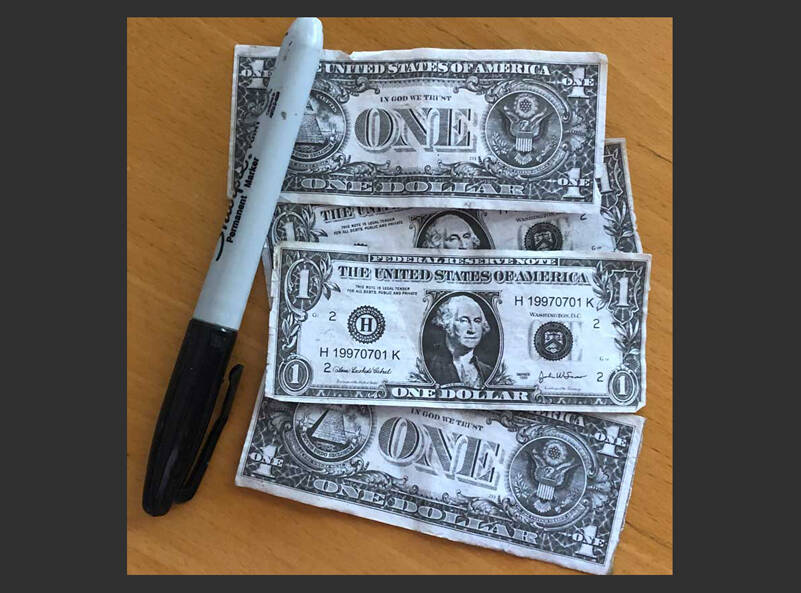By Morf Morford, Tacoma Daily Index
In an economy as varied as ours, prices in one market impact prices (and costs and sales) in other markets.
Lower prices (in some categories) lead to lower prices. For some. In some situations.
But prices too low are like the body’s vital signs: is it the price of something that is dropping? Or is it the value? And is that price dropping because no one wants the product or because a better product has replaced it in the marketplace?
Garage sales and surplus auctions are great places to find a “good deal” – but is that “deal” something that you, or anyone, wants?
Any driver of a combustion engine vehicle sees the price of fuel (gas or diesel) fluctuate on a near daily basis. To track gas prices, we recommend Gasbuddy. GasBuddy’s survey updates 288 times every day covering nearly 150,000 stations nationwide. GasBuddy data is accessible at http://prices.GasBuddy.com. When gas prices drop, consumers are happy – at first. When they stay low, gas-pumpers (and the rest of us) begin to wonder why.
Consider your body’s blood pressure; for most of us, lowering our blood pressure is a good sign – but if it keeps dropping, that is not a good sign.
When it comes to asset prices – and body temperatures – too high is bad and too low is bad.
In most cases any change, especially abrupt and dramatic change, is, at minimum, a sign of distress.
Economies – and individuals – can have fevers. And economies and individuals can have chills – or even times of paralysis. And just as continually dropping body temperatures are a bad sign, declining prices of gas, or any essential commodities, are signs of a dying economy – or at least that industry.
Higher isn’t better
As many of us know all too well, for much of the summer, Washington gas prices were the highest in the country, with an average of near $5 a gallon for regular — almost $1.50 above the nation’s average.
A variety of factors may lead to higher prices, but in a way, the causes don’t matter as much as the impacts. When prices are higher – or lower – the impacts are not evenly distributed.
Those who can afford it buy a product no matter the price. Those who need it (as in medical products or basic food items) spend as little as possible, and often cut other categories of customary spending. And some find themselves, out of necessity, cutting entire categories of spending out of their daily budgets.
And those areas of spending being cut back often cause businesses to suffer for reasons that have nothing to do with the business model or qualities of products or service.
The economy’s vital signs
Our economy, like any functioning body, has a range of health indicators. Some are short term and some are long term. Some are regional. Some are national. And some are near global. Some are temporary glitches (like most supply chain problems) while some are semi-permanent or a sign of a cultural or technological shift (like the increase of sales of electric vehicles).
Way back in 1999, there was typically a five or six months’ supply of unsold homes. In the 2020s, a one month supply is long. Housing (especially construction) is a long term economic indicator.
Unemployment is another stable indicator. As of September, we have record low rates of unemployment – and record high rates of employment participation (as in the sheer numbers of workers, even those not usually in the labor market, currently working – large numbers of those past standard retirement age, for example).
Consumer spending
Consumer spending is of course, based primarily on consumer confidence. When individuals and families (and businesses) sense uncertainty, they spend as little as possible. This decrease in spending has multiple repercussions. Most of them accelerating and cumulative.
In short, what is bad news one day, for one segment, just might be good news for others.
And a day, or quarterly report, later might have a very different, even entirely unexpected set of results.
Strikes, from teachers to Hollywood writers, have unexpected responses and reactions (like Taylor Swift’s Eras Tour movie concert and Korean rom-coms filling in the gap of scripted movies), and AI (Artificial Intelligence) is upending advertising and media (among other things). One example is the incorporation of AI/CHATGPT technology to produce films, eliminating or at least reducing the need for writers. You can see an article on that development here.
Productivity?
From a corporate, and sometimes individual perspective, increased productivity is, in most cases, positive. Increased productivity is, after all, the intent of almost any humanly constructed tool.
In the old days, a worker would take a training course in writing code or Microsoft Word and Excel, which would make them and other high-paid professionals much better at their jobs – and more likely to move up any corporate ladder. But in our current economy, AI could lower the premium on being experienced, smart, or knowledgeable. If any novice can now come in and — augmented by a machine — start doing work at a higher level, maybe the specialized skills and intelligence of people who were previously in the upper professional circles become less valuable.
Once upon a time, only “routine” tasks were automatable. But, now, with AI, you don’t have to program machines with specific and variable instructions and responses. For better or worse, AI-enhanced systems are designed to make their own decisions. Some entire career fields are reshaped, even eliminated, others are barely affected. Is that good, bad or terrible? You decide.





